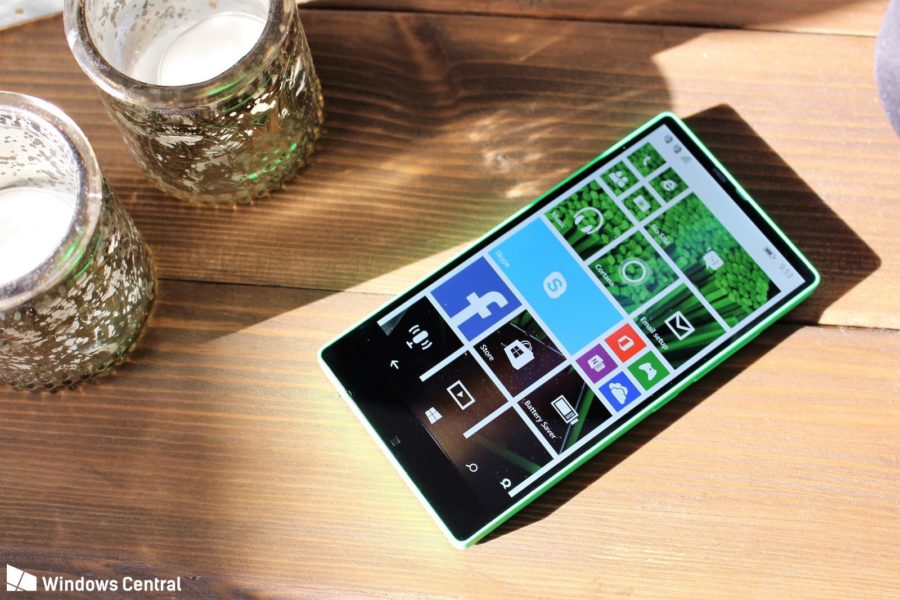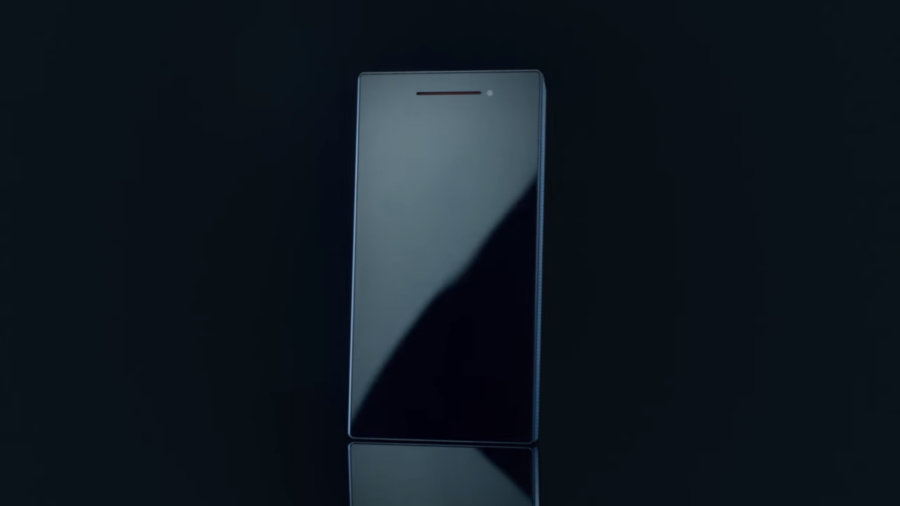Samsung smartphone prototype with two screens, 3D Touch from Nokia long before Apple, bezel-less screen from Microsoft in 2014 and other cool projects.

The creation of phones is a complex process – you need to come up with a concept, design a design, create a working prototype, arrange supply of components, get approval for release and launch a production line. Это только основные этапы, которые можно дополнить работой R&D отдела, рекламой, логистикой и многими другими частями бизнеса.
At any stage of production, an error can occur, after which it will be pointless or expensive to continue development. For example, some engineer has a cool idea that is too expensive to implement. Also, the manufacturer may not agree on the supply of components at the optimal price, because of which the release will have to be postponed or refused altogether.
Typically, consumers are not even aware of such manufacturing problems. But there are cases when companies announce concepts of new devices long before they go on sale. This is a dangerous strategy, because many factors can prevent the device from exiting, and people will still wait for the announcement. And sometimes journalists show secret prototypes of smartphones that have been abandoned for some reason. I decided to recall the interesting but forgotten smartphone projects that never made it to the final stage.
Ubuntu Edge, an interesting new OS
In 2013 Canonical, the developer of the most popular distribution kit Linux Ubuntu, presented its first smartphone based on the new mobile operating system Ubuntu Touch. The project looked impressive for its time, a real competitor to the flagships on Android and iOS.

Ubuntu Edge was supposed to get a 4.5-inch display with HD-resolution, 4 GB of RAM, 128 GB of storage and sapphire crystal. Of the features, we can note the ability to switch between two systems – Ubuntu and Android, and if you connect it to a monitor, it works like a full-fledged computer. It also cost $ 100-200 cheaper than its competitors.

Canonical did not have the money to make a smartphone, so the project was launched on the Indiegogo crowdfunding platform. They aimed to raise $ 32 million in just a month. However, they only managed to raise 13 million, so the release of Ubuntu Edge had to be canceled, and those who preordered got their money back.
Then the Ubuntu Touch system came out as a third-party firmware for smartphones at Android. There were even special versions of smartphones BQ and Meizu with a pre-installed system. But the mobile OS from Canonical never became popular, the project was closed in mid-2017.
Samsung Project V, two screens
Earlier this year, Samsung officially announced plans to launch a dual-screen smartphone. According to rumors, it will be called Galaxy X, but so far no one knows exactly when it will be released and what it will be able to do. This summer, an interesting fact about Samsung was revealed – the company planned to release a smartphone with two screens several years ago.

A Chinese Twitter user posted photos of a Samsung Project V. The device has a foldable design with two screens that open to form one large one. The smartphone can also be used in normal mode with one display open.
If we pay attention to the design of the smartphone and the interface, then we can assume that Project V was developed in the period from 2015 to 2016.

It is not clear from the photographs how the second display helps expand the capabilities of the smartphone. You can only see how two desktops are displayed at once in the launcher. Perhaps this was the reason for the closure of the project – the company did not find scenarios in which the second display would be useful for everyone.
Lumia 435, bezel-less screen in 2014
In 2015 Microsoft introduced the budget smartphone Lumia 435 on Windows Phone 8.1. The model is ordinary in all respects, nothing stands out. However, a year ago Windows Central received a prototype of this model, which looks very different.

The Lumia 435 prototype has very small bezels, especially the top and sides. Because of this, I had to move the front camera to the 'chin'. The smartphone was supposed to cost about $ 200.

It turns out that Microsoft back in 2014 could have released a frameless smartphone. For that time it was a huge display, but the dimensions of the case are still compact – with a screen diagonal of 5 inches, the Lumia 435 case is only 12.6 cm long.
For some reason, the company abandoned this prototype and we saw the boring Lumia 435 smartphone. And now, frameless displays are the main trend.
Nokia McLaren, 3D Touch long before Apple
The site Windows Central showed another interesting prototype of the Nokia smartphone, codenamed McLaren. Its main feature is the display technology, which allows you to determine the pressure. Yes, they could have released a smartphone with this technology at least a year before the presentation iPhone of the 6S with 3D Touch.

Nokia McLaren not only knew how to determine the pressure, it could be controlled without touching, moving your finger in front of the screen. Thus, in Windows Phone it was possible, for example, to open additional application menus. Samsung and Sony smartphones had something similar. And the smartphone also had 'sensitive' side frames, it understood when the body was tightly squeezed in the hands.
I recommend watching the video, it shows all the capabilities of Nokia McLaren:
As the journalist in whose hands the prototype fell, wrote, this technology was cool for its time, but the implementation was lame. The smartphone was buggy and sometimes incorrectly fulfilled pressing. Perhaps, Nokia was not able to bring the sensor technology to mind, so the project had to be abandoned.

Externally, the McLaren prototype looks a lot like the Lumia 1020 with its large camera module. It has a 5.5-inch display with Full HD resolution, a Snapdragon 800 processor and 2GB of RAM.
Project ARA, a modular smartphone from Google
Many manufacturers had an idea to create a smartphone that works like a computer so that every detail can be changed. Motorola, under the leadership of Google, was the first company to seriously try to implement such an idea.

Phonebloks modular smartphone concept
In 2013, Dutch enthusiast Dave Hackens contacted Motorola with his Phonebloks project. He came up with a platform for smartphones, which consists of a main board with contacts for modules. Every detail from an ordinary smartphone is enclosed in a square block, it turns out something like a constructor. The company liked the idea, the project was named Project Ara.

The latest Project Ara prototype
It was originally planned that the basic platform with Wi-Fi would be sold for $ 50, and the mobile module, processor, screen and everything else would need to be purchased separately. However, by 2016, this idea was abandoned, the new Project Ara prototype had a display, battery and processor that were not removable. Thus, they destroyed the main meaning of the modular device, which provoked criticism towards the developers. Among other things, the creator of the idea, Dave Hackens, expressed dissatisfaction.
In the same 2016, the project was frozen, and there was no more news about it.
Obviously, the idea of a modular smartphone sounded interesting only on paper. When it came to implementation, it turned out that there are many problems that cannot be solved yet.
Bonus: smart watch Microsoft
Instead of a final speech, I want to talk about another interesting project, but this is not a smartphone. Back in 2013 Microsoft was developing a 'smart' watch called the Xbox Watch. It looks like the company planned to make an ecosystem around Windows Phone, but it didn't work, because the system and smartphones on it turned out to be a failure.


I assume that the watch could be used as a manipulator for games on the console, otherwise it is not clear why the Xbox console is in the name. What the watch actually had, except for tracking workouts, we no longer know.
In the future, the Xbox Watch project grew into a fitness bracelet Microsoft Band, which went on sale, but did not become popular.
